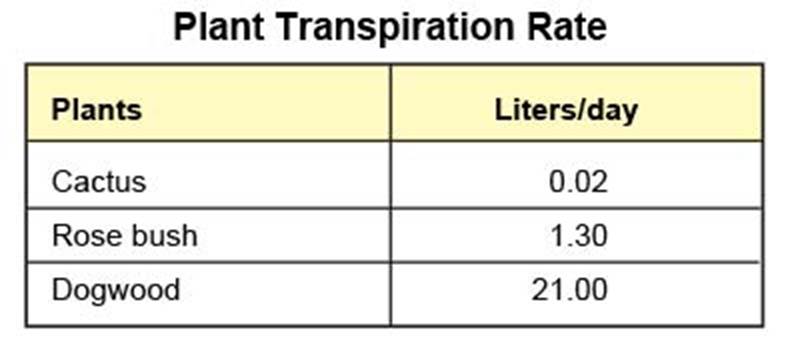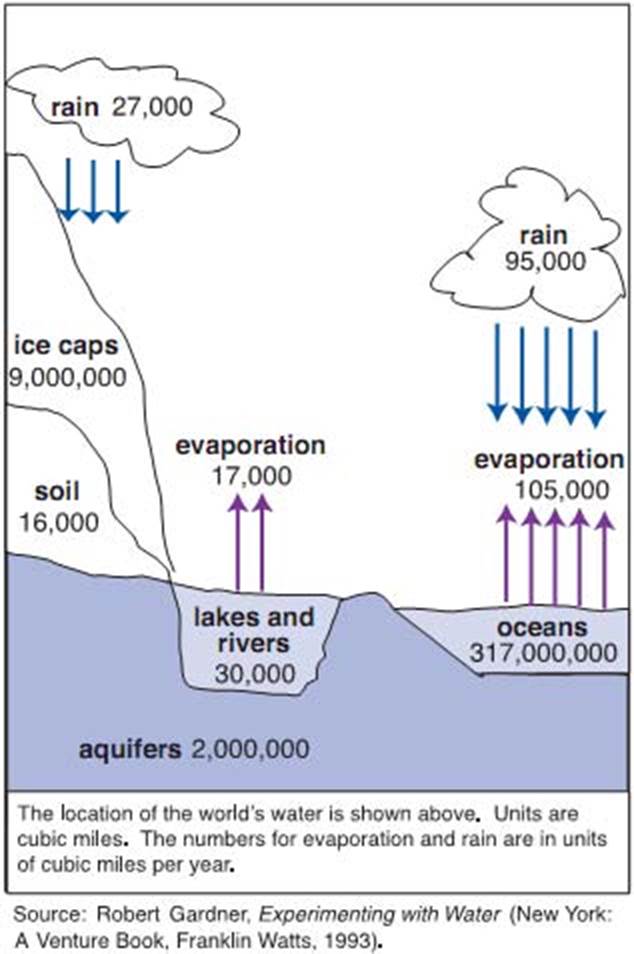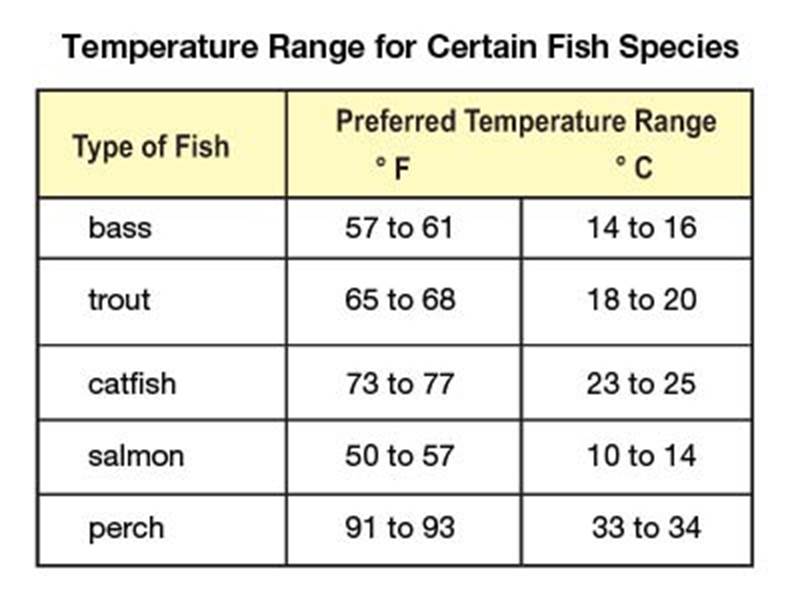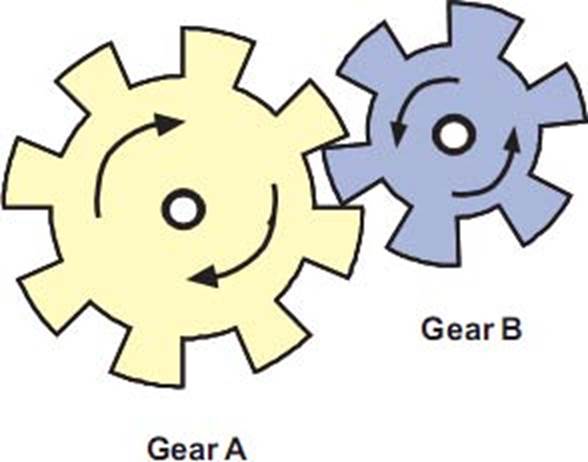GED GED Science GED Science Exam Online Training
GED GED Science Online Training
The questions for GED Science were last updated at Apr 24,2025.
- Exam Code: GED Science
- Exam Name: GED Science Exam
- Certification Provider: GED
- Latest update: Apr 24,2025
Using new, advanced methods of biotechnology, scientists can produce copies of genes of one species and insert them into the chromosomes of another species. The resulting transgenic plants offer potential advantages that are unobtainable through conventional methods.
A gene that is active against corn borers is inserted into corn plants.
When the plants reach maturity, which of the following outcomes might be expected?
- A . The plants will resist corn borers.
- B . The bacteria will infect the plants.
- C . The corn plants will be taller.
- D . The plants will wither and die.
- E . The corn will have a better flavor.
Work is done on an object when a force is applied, causing the object to move.

Which example best illustrates this scientific idea?
- A . hitting a ball with a bat
- B . sitting on a chair
- C . standing in place
- D . holding a box E. pushing against a wall
A spontaneous process is a physical or chemical change that occurs by itself. The change requires no input of work or energy in any form.
Which of the following everyday occurrences results from a spontaneous process?
- A . water boiling
- B . iron rusting in moist air
- C . hydrocarbon emissions from gasoline combustion
- D . water freezing
- E . snow melting
Transpiration is the evaporation of water produced during photosynthesis from the parts of a plant exposed to air, especially from its leaves. The rate of transpiration varies among species of plants, as seen in the table below.

Which statement best explains why the transpiration rate of a cactus is so much lower than that of a rose bush and a dogwood?
- A . The cactus has adapted to dry climates through greatly reduced leaf surfaces.
- B . The cactus contains parasitic insects that are consuming the water in the plant’s roots.
- C . The rose and the dogwood are water plants, so water cannot evaporate from their surfaces.
- D . The dogwood transpires more than the rose because the dogwood’s roots are deeper.
- E . The cactus is not a plant, so it does not produce water during photosynthesis.
Temperature affects how well gases and solids dissolve to form solutions. Gas solubility increases with decreasing temperature. Cold water can hold more oxygen than warm water.
Fish require dissolved oxygen in the water for respiration. During the hot summer, Allan goes fishing at a nearby lake.
Based on the information, which statement indicates where and why Allan would find the most fish?
- A . shady areas because there is less dissolved oxygen gas in cool water
- B . sunny areas because there is no dissolved oxygen gas in warm water
- C . shady areas because there is more dissolved oxygen gas in cool water
- D . sunny areas because there is more dissolved oxygen gas in warm water
- E . both shady and sunny areas because the amount of dissolved oxygen gas in water is not changed by temperature
Wild rabbits in Alaska have short ears, whereas those found in Arizona have long ears. For the Alaskan rabbits, this is an adaptation to which of the following?
- A . amount of precipitation
- B . meager food supplies
- C . number of predators
- D . parasitic fungi
- E . cold temperatures
A tsunami is an unusually large ocean wave, which is sometimes formed by earthquakes. The height of a tsunami increases as it approaches shore. In the open ocean, tsunamis can travel at 300 to 400 miles per hour.
Based on this information, which statement must be true?
- A . Tsunamis have killed millions of people in this century.
- B . The height of a tsunami located 100 miles offshore is low.
- C . Tsunamis are sometimes found in small lakes.
- D . Tsunamis travel at 100 miles per hour.
- E . There are no known causes of tsunamis.
A pet shop wants to install a fountain that contains live fish. The temperature in the facility is kept at 67° F (19° C) throughout the year.
The following chart gives the preferred temperature range for certain fish species.

Which fish would be most likely to thrive in this environment?
- A . trout
- B . bass
- C . catfish
- D . salmon
- E . perch
In the gear arrangement shown at the left, turning gear A will turn gear B in the direction marked with arrows.

Which of the following will cause gear B to turn more rapidly?
- A . turning gear A more slowly
- B . putting a gear of smaller diameter at B
- C . using a much more dense metal in gear B than gear A
- D . using gears that have an equal number of “teeth”
- E . putting a gear of larger diameter at B
Based on the information and graph, which statement provides the best conclusion?
- A . Increasing the amount of salt in the solution has no effect on bean plant growth.
- B . As salt concentration of the solution increases, bean plant growth decreases.
- C . As salt concentration of the solution increases, bean plant growth increases.
- D . The salt concentration of the solution affected only the growth of Group V.
- E . The salt concentration had the greatest effect on the growth of Group III.
Latest GED Science Dumps Valid Version with 300 Q&As
Latest And Valid Q&A | Instant Download | Once Fail, Full Refund

